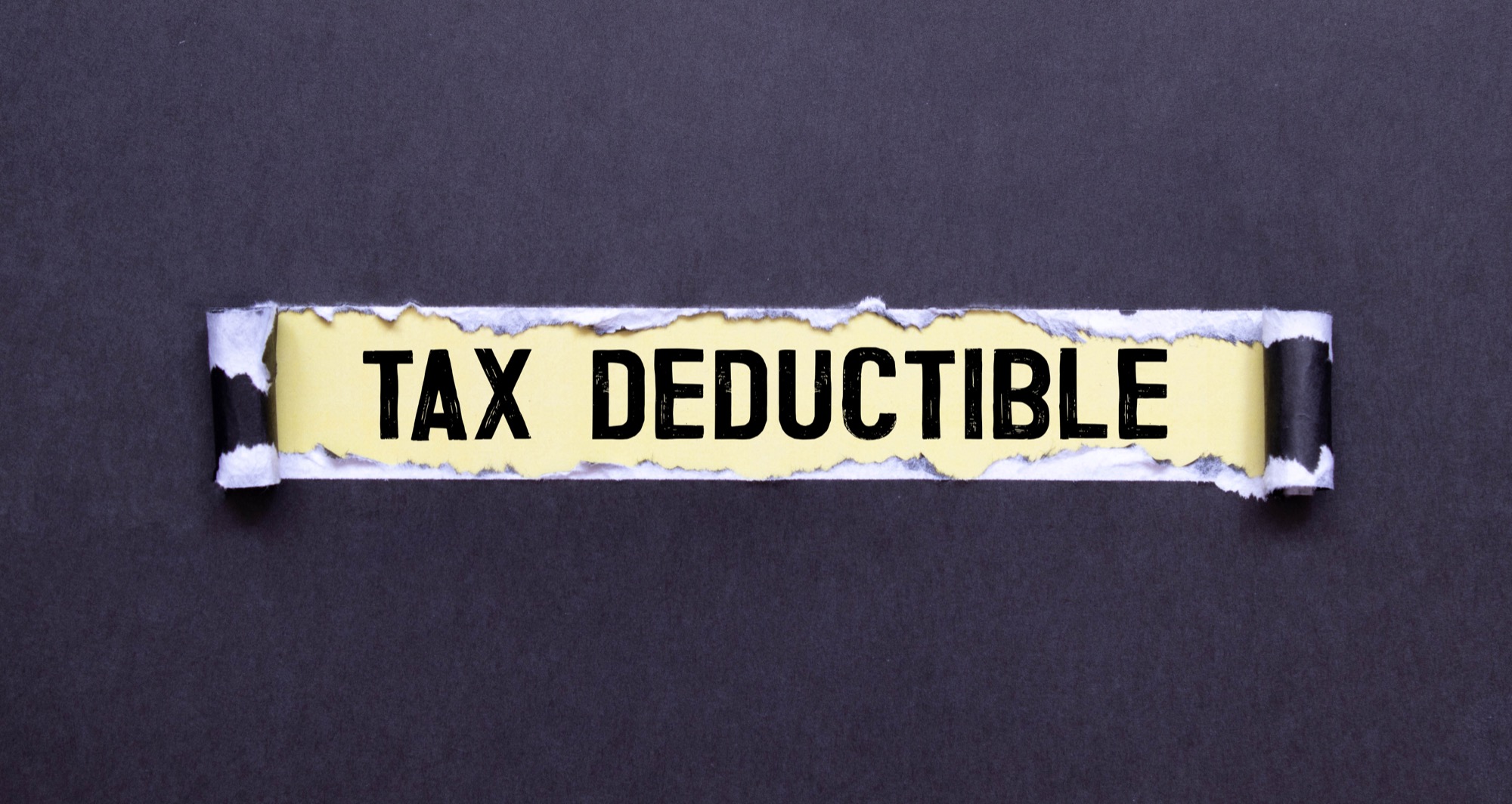Choosing the right life insurance policy can feel like one of the most important financial decisions you will make. With so many options, it can be overwhelming to determine the best fit for your needs. Among the most popular choices are whole life insurance and universal life insurance. These policies come with distinct benefits, features, and applications, especially for those looking for permanent life insurance coverage.
To help you make an informed decision, this comprehensive guide dives deep into the debate of whole life vs. universal life insurance, including the features, pros, and cons of both. Not only will you gain a detailed understanding of the differences, but we’ll also explore real-world examples, practical applications, and tips to align your decision with your unique financial goals. By the end of this, you’ll be prepared to confidently choose the policy that positions you and your loved ones for a secure future.
What Is Whole Life Insurance?
Whole life insurance is a type of permanent life insurance that provides coverage throughout your entire lifetime—as long as premiums are consistently paid. What makes whole life insurance unique is its guaranteed cash value component, which grows at a steady, predetermined rate over the years. This combination of lifelong coverage and built-in savings makes it a powerful tool for financial security and long-term planning.

Key Features of Whole Life Insurance
To truly appreciate the value of whole life insurance, it helps to break down the core features that make it a staple choice for financial stability:
1. Lifetime Coverage
When you opt for a whole life insurance policy, your coverage doesn’t expire. It’s designed to remain effective throughout your life, ensuring that no matter when you pass, your beneficiaries will receive the death benefit. This is ideal for those who want certainty and long-lasting protection.
2. Fixed Premiums
Unlike other types of insurance, where premiums may fluctuate, the premium payments for whole life insurance remain consistent, offering guaranteed premiums for the life of the policy. This makes budgeting for the policy straightforward, as you know exactly what to expect throughout the policy term, avoiding surprises later in life.
3. Cash Value Accumulation
A portion of your premium goes toward building cash value. This cash value grows steadily over time at a fixed interest rate, providing a safe and dependable return on investment. The policyholder can access this cash for loans, retirement supplements, or emergencies, and the surrender value can be used if the policyholder decides to cancel the policy.
4. Dividend-Earning Potential
Many whole life policies are “participating” policies, meaning they are eligible to earn dividends from the insurance company if the company performs well financially. These dividends can be reinvested into the policy to grow the cash value faster, taken as cash to supplement income, or used to reduce future premiums.
5. Policy Loans
Policyholders can borrow against the cash value of their policy at competitive interest rates. This can serve as an alternative to traditional loans, offering flexibility to fund business opportunities, pay off debt, or handle unexpected financial needs without liquidating assets.
Pros and Cons of Whole Life Insurance
The Advantages of Whole Life Insurance
- Guaranteed death benefit provides peace of mind and financial security for loved ones.
- Cash value grows tax-deferred and can be used for emergencies or investment opportunities.
- Predictable, stable premiums simplify budgeting.
- Eligible policies may pay dividends, adding an extra layer of growth potential.
The Disadvantages of Whole Life Insurance
- Higher premiums compared to term life insurance or universal life.
- Cash value builds slowly, especially in the early years of the policy.
- Flexibility is limited once the policy structure is set.
Real-World Example of Whole Life Insurance:
Imagine Sarah, a 35-year-old small business owner, purchases a whole life insurance policy with a death benefit of $500,000. By the time Sarah retires, her policy will have built a substantial cash value. She uses a policy loan to fund her daughter’s college tuition while keeping her savings intact for retirement. Even after borrowing, the death benefit remains in place for her family. For Sarah, whole life insurance has served as a safety net, a savings tool, and a legacy-building resource.
What Is Universal Life Insurance?
Universal life insurance offers another form of permanent coverage but stands out for its flexibility in both premiums and death benefits. This adaptability allows policyholders to adjust their contributions and coverage amounts based on changing financial circumstances. Additionally, universal life’s cash value grows based on interest rates and market performance, offering potentially higher returns than whole life.

Key Features of Universal Life Insurance
1. Adjustable Premiums
One of the most appealing features of universal life insurance is the ability to modify premium payments within certain limits. For instance, during tough financial periods, you may reduce premium payments to the minimum required to keep the policy active. Conversely, in stronger financial years, you can pay more to accelerate cash value growth.
2. Flexible Death Benefit
Unlike whole life insurance, where the death benefit remains fixed, universal life policies allow policyholders to increase or decrease the death benefit over time. Lowering the benefit may reduce premiums, while increasing it might provide more coverage as your family’s needs grow.
3. Market-Linked Cash Value Growth
The cash value of a universal life policy accrues based on prevailing market interest rates rather than a fixed rate. This can lead to faster accumulation during periods of favorable interest rates, with the investment component potentially driving higher returns. However, it also exposes the policyholder to the risk of sluggish growth when rates are low.
4. Potential for Higher Returns
With market exposure, universal life policies come with the possibility of much higher cash value growth compared to whole life. This can make the policy appealing for those willing to accept some degree of financial fluctuation.
5. Active Management Required
Unlike whole life insurance, universal life insurance requires regular monitoring of the cash value and premium payments to ensure the policy remains funded. Market fluctuations and increases in the cost of insurance can cause a poorly managed policy to lapse.
Pros and Cons of Universal Life Insurance
The Advantages of Universal Life Insurance
- Flexible premiums and death benefits can adapt to evolving financial circumstances.
- Greater potential for cash value growth during strong market conditions.
- Can temporarily lower premiums during tough financial times.
The Drawbacks of Universal Life Insurance
- Risk of unpredictability in cash value growth due to changes in market interest rates.
- Requires active management to prevent underfunding or lapsing.
- Cost of insurance may increase as you age, reducing the policy’s cash value.
Real-World Example of Universal Life Insurance:
James, a 40-year-old father of two, chooses a universal life policy because of its flexibility. During his children’s younger years, he upsizes the death benefit to provide additional protection. Later, when his children graduate and become independent, James lowers the death benefit, which decreases his premiums and allows him to allocate more funds to investments. However, during a period of economic downturn, James notices that his cash value’s growth slows significantly, requiring recalibration of his financial strategy.
Key Differences Between Whole Life and Universal Life Insurance
To quickly recap, below is a side-by-side comparison:
| Feature | Whole Life Insurance | Universal Life Insurance |
|---|---|---|
| Premiums | Fixed, predictable | Adjustable; based on flexibility and cash flow |
| Coverage Length | Lifetime | Lifetime, but with more customization possibilities |
| Cash Value Growth | Guaranteed, steady | Market-linked; fluctuates based on conditions |
| Ideal For | Risk-averse individuals seeking stability | Those comfortable with variability and financial management |
| Application | Works well with Infinite Banking | Less suited for Infinite Banking due to market risk |
By understanding these differences, you can identify which type aligns with your personal goals and risk tolerance.
Using Whole Life Insurance for Infinite Banking
One of the most powerful applications of whole life insurance is its use in the Infinite Banking Concept (IBC). IBC is a financial strategy that enables policyholders to leverage the cash value of their whole life policy as a personal banking system. This system provides liquidity and allows you to borrow from your policy while the cash value continues to grow uninterrupted.
For example, instead of taking out a loan from a traditional bank to finance a car or business investment, you can borrow against your own cash value. This not only avoids the opportunity cost of paying interest to a bank, but your borrowed funds are effectively paid back to yourself as you repay the policy loan.
Universal life insurance, on the other hand, is unsuitable for Infinite Banking, as its cash value is too dependent on market performance and lacks the consistency needed for this approach.
Want to learn how IBC could transform your financial life? Join our IBC webinar to unlock the full potential of this strategy.

How to Decide Which Policy Is Right for You
Choosing between whole life and universal life insurance ultimately depends on factors like your financial goals, risk tolerance, and long-term needs. Here are some steps to help you make the best decision:
1. Define Your Objectives
- Are you focused on stability and predictable outcomes?
- Or do you prefer flexibility and a chance for higher returns despite the added risk?
2. Consider Your Budget
Whole life insurance policies often come with higher premiums, but the stability and guarantees they offer can justify the cost. Universal life, with its flexible premiums, works well for those with fluctuating income.
3. Assess Your Risk Appetite
If you’re comfortable with market variability and want to actively manage your policy, universal life may appeal to you. If you prefer a hands-off, guaranteed approach, whole life is the better option.
4. Partner with an Expert
Whether you’re leaning toward one policy type or still undecided, working with a financial advisor can clarify your options. A professional can design a policy customized to your lifetime needs and help you optimize its features.
5. Think Long-Term
Life insurance is a commitment. Consider how your circumstances might change in 10, 20, or even 30 years, and plan accordingly.
Take Charge of Your Financial Future Today
Both whole life and universal life insurance provide unique opportunities to secure your financial future. The key is understanding their core differences and matching the right policy to your goals. When chosen thoughtfully, these policies can protect your loved ones, build wealth, and provide long-lasting peace of mind.
Are you ready to take control of your financial future? Book a conversation with us or join our free Infinite Banking webinar to explore how life insurance can empower your financial growth.
Book a Call with an Advisor at Ascendant Financial
Contact Ascendant Financial today to review all of your financial options.

Popular Posts
- Whole Life vs. Universal Life Insurance: Which is Right for You?
 Choosing the right life insurance policy can feel like one of the most important financial decisions you will make. With so many options, it can… Read more: Whole Life vs. Universal Life Insurance: Which is Right for You?
Choosing the right life insurance policy can feel like one of the most important financial decisions you will make. With so many options, it can… Read more: Whole Life vs. Universal Life Insurance: Which is Right for You? - The Comprehensive Guide to Life Insurance Retirement Plans (LIRPs)
 Planning for retirement is a critical step in securing your financial future, but it’s not just about saving money—it’s about making smart decisions to grow… Read more: The Comprehensive Guide to Life Insurance Retirement Plans (LIRPs)
Planning for retirement is a critical step in securing your financial future, but it’s not just about saving money—it’s about making smart decisions to grow… Read more: The Comprehensive Guide to Life Insurance Retirement Plans (LIRPs)
Share This Post
About the Author:
Jayson Lowe
As a seasoned coach, author, and podcast host, Jayson’s insights are rooted in real-world experience and a proven track record of turning challenges into opportunities. He’s not just a speaker—he’s a catalyst for change, inspiring audiences with actionable strategies and the motivation to implement them. Whether you’re looking to ignite your team’s potential, elevate your business strategies, or gain unparalleled insights into entrepreneurship, Jayson Lowe delivers with passion, clarity, and an undeniable impact.
Categories & Tags






